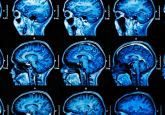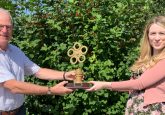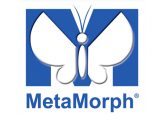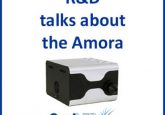And the winner is…
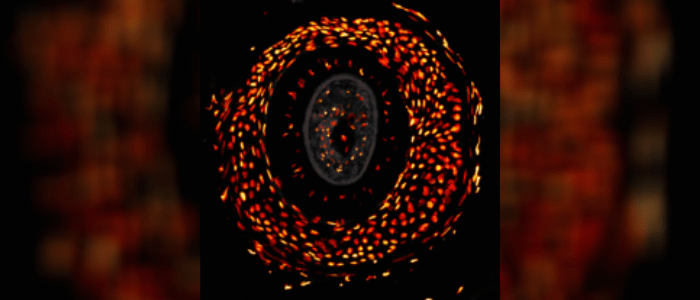
CoolLED are excited to announce the top three entries of our Image in an Image competition, including the lucky winner of our pE-300ultra Illumination System. Their imaging competition with a difference is all about finding an image inside a light microscopy image.
CoolLED thanks everyone who entered, as well as those who took part in voting. The good news is that they are already running a second Image in an Image competition, and you can find out all the information here>>
Here are the top three entries:
Third place
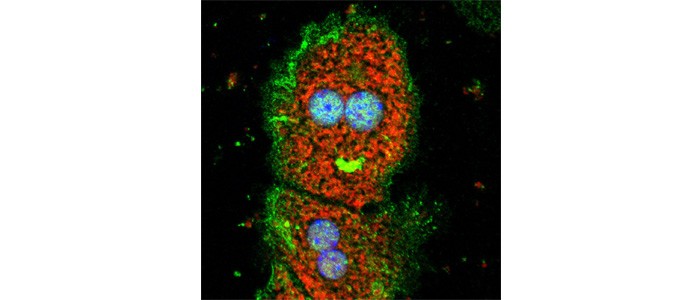
Ghost by Chet Closson – This scientist found a ghost in their cells! These are primary human hepatocytes stained with DAPI, Alexafluor 488, and MitoTracker Orange.
Second place
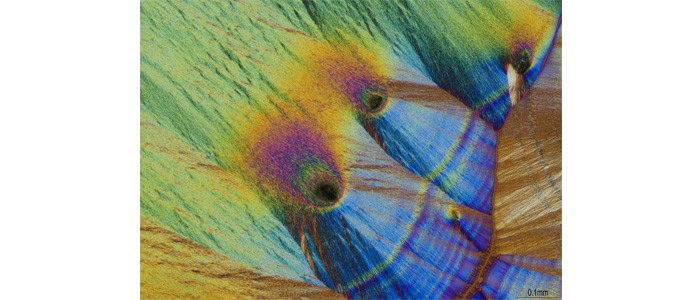
Peacock feathers by Tim Self – A healthy dose of ascorbic acid (Vitamin C) crystals in polarised light- or do you see peacock feathers?
And the winner is….
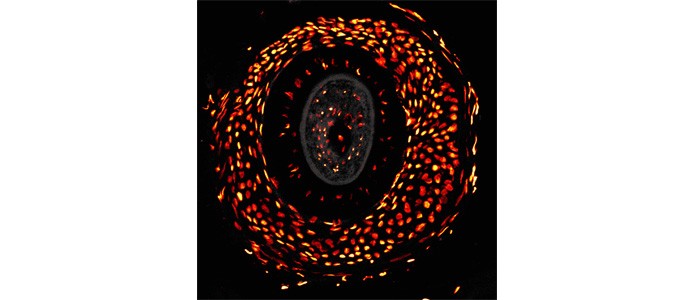
Eye of Sauron by Alfonso Schmidt
Bioimaging Specialist at the Hugh Green Cytometry Centre, New Zealand, captured this histological transversal section of a hair follicle from a skin biopsy (400X magnification). It also resembles the Eye of Sauron – the dark and omnipresent character from the Lord of the Rings movies. The section was stained with DRAQ-7 to highlight nuclei (orange) and the pupil is the autofluorescence of the hair (grey).
About the winner
“The new LED pE-300ultra will be a much-welcomed addition to the facility and will upgrade our Olympus BX51 compound microscope, replacing our old mercury lamp.”
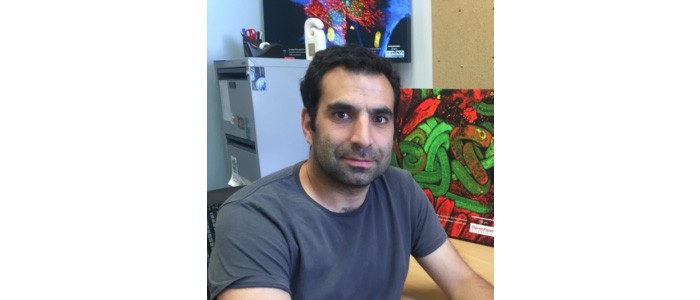
Alfonso Schmidt is Senior Staff Scientist- Bioimaging specialist at Hugh Green Cytometry Centre, Malaghan Institute of Medical Research. He oversees the histology and bioimaging facility in the centre. His role centres on accelerating the research, providing training, support and service in relation to histology, imaging and bioimaging analysis.
The Malaghan Institute of Medical Research is New Zealand’s leading independent biomedical research institute with a focus on breakthrough discoveries in immunology and immunotherapy. Key areas of research include cancer, asthma and allergy, gut health, brain health and infectious diseases including COVID-19 research. The imaging facility within the Institute plays an important role in describing and quantifying immunological patterns and phenomena in tissue and cell culture for both fundamental research and clinical trials.
Enter the next Image in an Image competition>>
Have any questions? Contact us
This content was supplied by CoolLED.
